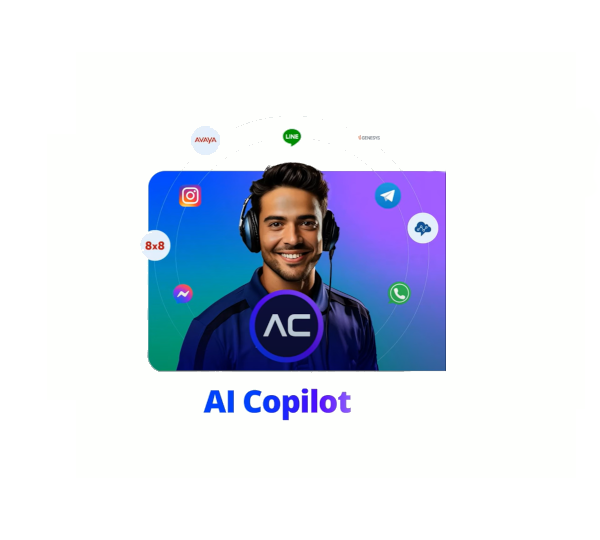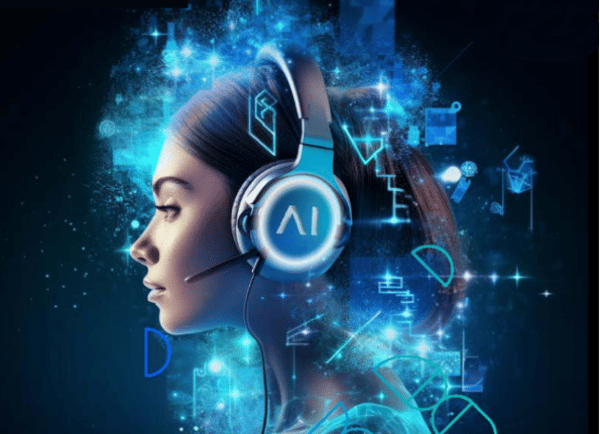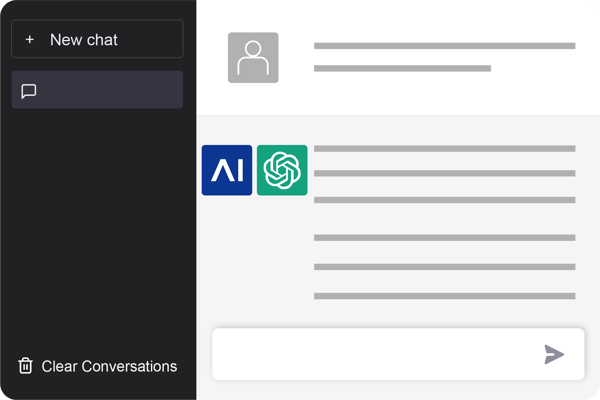Within the next two years, 72 percent of organizations will be working with robotic process automation (RPA) in some capacity, Gartner has predicted. And more than half (53 percent) of respondents in Deloitte's third annual RPA survey said they've already embarked on their RPA journey.
With this rise in RPA adoption, innovation and digital transformation teams are rushing to do their due diligence in understanding the scope of intelligent automation technologies, with a focus on long-term scalability and performance. As with all technology, RPA serves a specific purpose, and naturally has its limitations.
A greater demand for personalized customer interactions
The automation of key business processes using RPA – such as opening new accounts, applying for mortgages, processing loans, invoices or sales orders – has already produced significant benefits for many organizations.
These benefits were initially focused on back-office efficiencies. RPA is focused on driving out repetitive manual tasks in business processes. It’s intended to speed up business processes, make them more accurate, and lower the costs of running them. RPA is typically trapped in the back office and isn’t being used directly in conversations with customers to improve their experience.
But new technologies have made their way into the solution stack to use that same back-office automation to drive a truly self-service culture for customers, employees and partners.
One of the innovative technologies accelerating this change is Conversational AI. Conversational AI is a set of technologies that automates communications using text or speech-based virtual assistants to create personalized customer experiences at scale.
Conversational AI’s rise in popularity is based on its “friendliness” factor – being flexible to work with (and enhance) other technologies, and also by enabling a frictionless, human-like, end-user experience.
How Conversational AI and RPA work together to improve customer experiences
While RPA automates the back office business processes customers never see, yet rely on, Conversational AI connects customers to those business processes in a friendly, human-like interaction to kick off those processes. It delivers customers, employees and business partners the information they are looking for – in a self-service engagement model.
The convergence of conversational AI and intelligent automation is part of an extended omnichannel experience meant to facilitate faster, more personalized and responsive customer service.
Bottom line: RPA and conversational technologies are a perfect complement to each other. They each pick up where the other leaves off. While RPA kicks off, automates and oversees the execution of business processes behind the scenes, Conversational AI manages the important human interactions in front of these processes.
As customers demand a more automated, personalized journey, the demand for these two technologies as a couple will only increase.
Watch this on-demand webinar to learn how the combination of Intelligent Chatbots and RPA solve several common problems enterprises are facing today.

.png?width=60&height=60&name=AI%20Copilot%20logo%20(mega%20menu).png)




.png?width=600&height=600&name=Knowledge%20AI%20Feature%20image%20(2).png)










